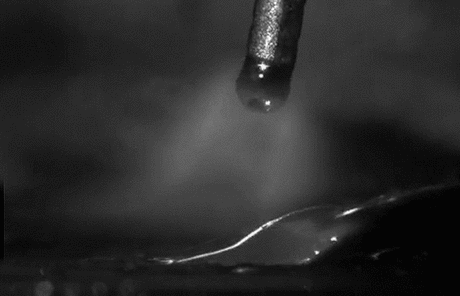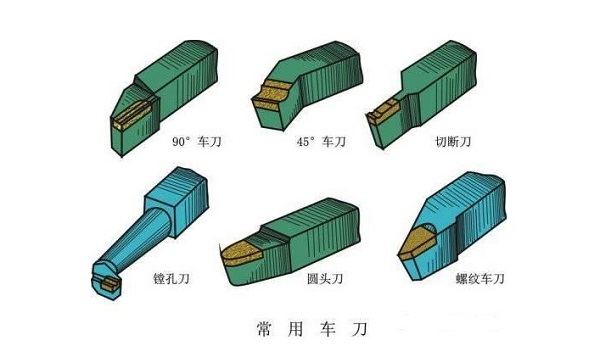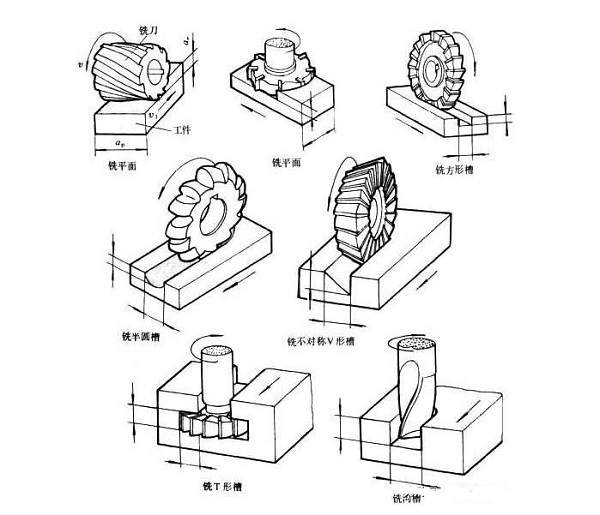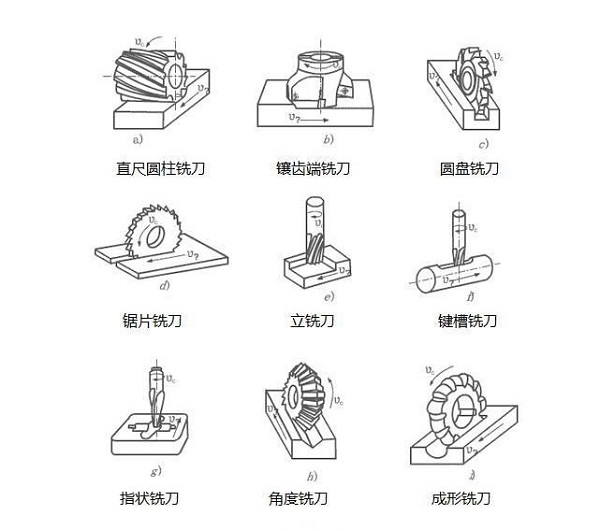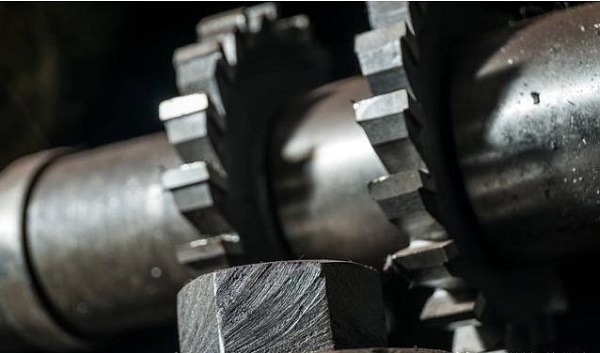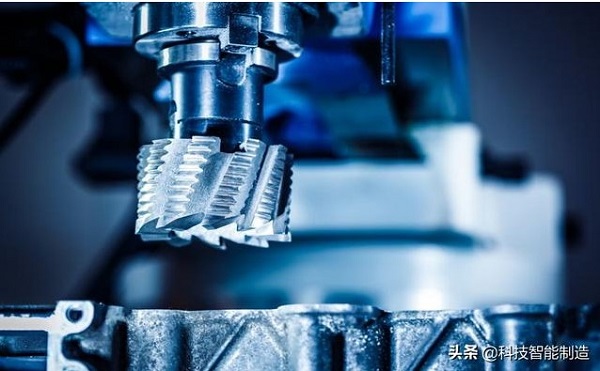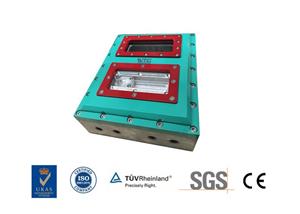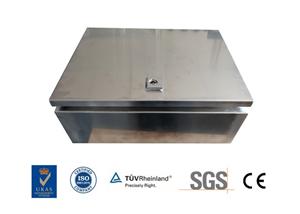Machining
1. Turning
Why is the factory called a workshop? The key to turning is to rotate the workpieces to be processed, and then bring the linearly moving tools close to them to carve the surface of the workpiece.
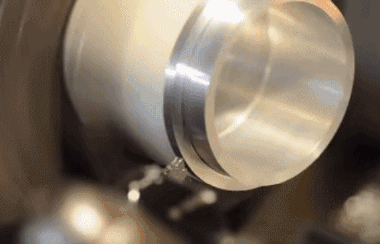
First, the workpiece is fixed on the machine by a chuck. Next, the workpiece is rotated at a high speed by the motor, and the speed can be manually controlled according to our processing requirements. Then, you can start controlling the tool to carve on the surface of the workpiece, which is called cutting. Common turning tools are often made of high-speed steel or hard alloy. In recent years, ceramic tools and artificial diamond tools on the market have also been widely used. Different shape turning tools can meet various processing requirements:
In addition to the outer surface, the boring tool used in turning can also finish the inner surface where the workpiece already has holes.
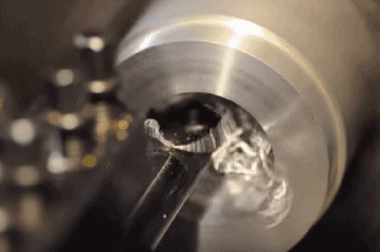
2.Milling
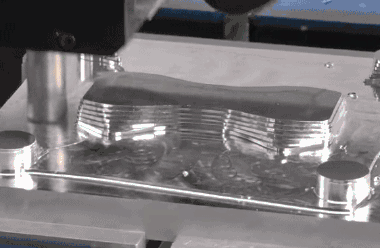
It is also a rotary machining method, but the milling cutter is rotated.
There are two kinds of relative movement methods in traditional milling. One is to fix the workpiece to be machined, as shown in the figure above, and it is completely dependent on the milling cutter to rotate and translate by itself; and the other is shown in the figure below. By simply doing a rotary motion, the workpiece can move in three directions: forward, backward, left and right, and up and down.
The milling cutter is a multi-blade tool. In each milling process, each cutting edge of the milling cutter participates in cutting only once, and the rest of the time is beneficial for heat dissipation. In this way, the cutting efficiency of the milling cutter is higher than that of a single-edged turning tool. Milling cutters of different shapes can complete the processing of various planes, step surfaces, grooves and cavities. And the milling consumption during milling is composed of four factors: cutting speed, feed amount, back cutting amount (milling depth) and side cutting amount (milling width).
Several common milling methods
Several common milling cutter types
3.Planing
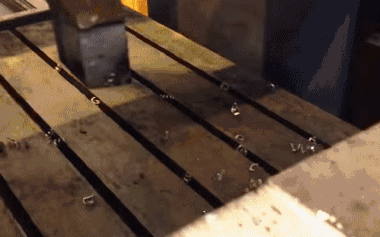
The working principle of planing processing is clear at a glance. Simple back-and-forth motion has extremely low production efficiency compared with turning and milling. However, because of the simple structure and convenient use of equipment and tools, it is still used to roughen the surface of workpieces.
4.Grinding
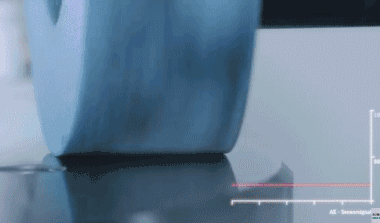
Grinding is the use of abrasive tools such as grinding wheels and belts to cut the surface of the workpiece. In today's machining, the grinding head can be integrated into the machining center of a CNC milling machine with great maturity.
5.Tooth surface processing
Tooth surface processing is a new processing method. This processing method is divided into two categories: one is the forming method, and the other is the forming method. The forming method mainly uses an ordinary milling machine for processing. The tool is a forming milling cutter, which requires two simple forming movements: rotary motion and linear movement of the cutter. The common machine tools for processing tooth surface by the forming method are gear hobbing machines, gear shapers, etc.
6, complex surface processing
For the machining of complex surfaces, CNC machine tools come in handy. The cutting process of three-dimensional surfaces mainly adopts copy milling and NC milling methods or special processing methods. Copy milling must have a prototype as a master. During processing, the ball-shaped profiling head always touches the prototype surface with a certain pressure. The movement of the profiling head is transformed into an inductance, and the processing enlarges and controls the movement of the three axes of the milling machine to form a trajectory of the cutter head along the curved surface. Most milling cutters use ball-end milling cutters with contour radius. The advent of NC technology has provided a more effective method for surface machining.
7. Other processing technology
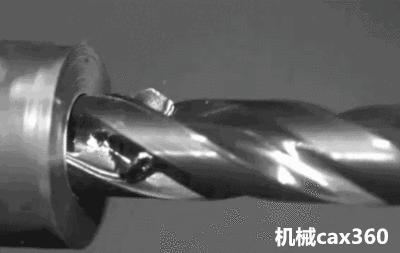
Drilling process
When drilling on a drilling machine, in general, the drill should perform two movements at the same time: the main movement, that is, the rotary movement of the drill about the axis (cutting movement); the auxiliary movement, that is, the linear movement of the drill along the axis toward the workpiece ( Feed movement), when drilling, mainly due to the defects in the structure of the drill bit, affecting the quality of processing, the processing accuracy is generally below IT10 level, the surface roughness is about Ra12.5μm, which is rough machining.
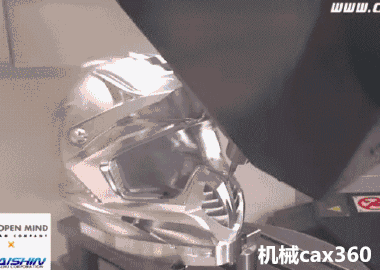
Multi-axis CNC machining
Multi-axis NC machining can control the linkage of more than 4 coordinate axes at the same time, combining functions such as NC milling, NC boring, and NC drilling. After the workpiece is clamped at one time, the machining surface can be milled, bored, and drilled. Processing effectively avoids positioning errors caused by multiple installations, can shorten the production cycle, and improve processing accuracy.
Metal electrodeposition
Electrodeposition of metal is a process of forming a metal layer on the solid surface by electrolytic method, that is, the reduction reaction of metal ions on the cathode of the electrolytic cell and the process of electrocrystallization. The purpose is to change the surface properties of solid materials or to produce metal materials with specific compositions and properties.
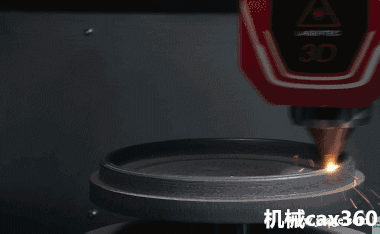
Induction heating
Induction heating: The workpiece is placed in an inductor. The inductor is usually a hollow copper tube with medium or high frequency alternating current (300-300000Hz or higher). The generation of an alternating magnetic field produces an induced current of the same frequency in the workpiece. This induced current is unevenly distributed on the workpiece, strong on the surface, but weak on the inside, and close to zero at the heart. Use this skin effect , Can make the surface of the workpiece heat quickly, the surface temperature rises to 800-1000 ℃ in a few seconds, and the core temperature rises very little.
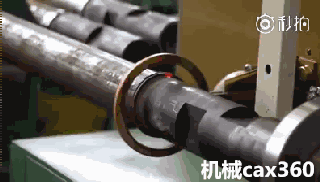
Welding process
The basic working principle of electric welding is that after the voltage of 220V or 380V is turned on, the voltage is reduced by the pressure reducer in the electric welding machine, the current is increased, and the electric energy generates a huge arc heat to melt the electrode and steel, and the electrode melts to cause the Higher integration.
